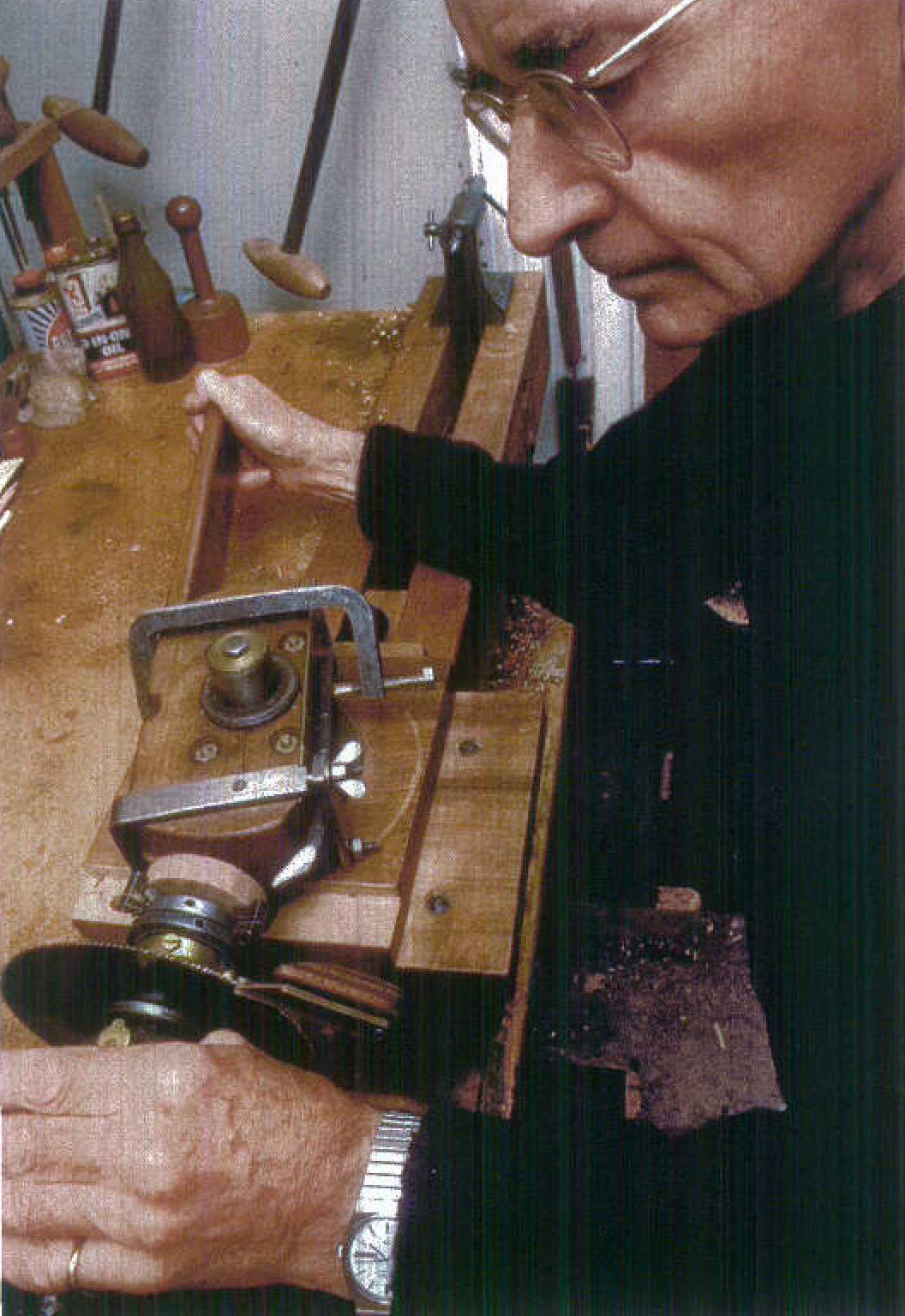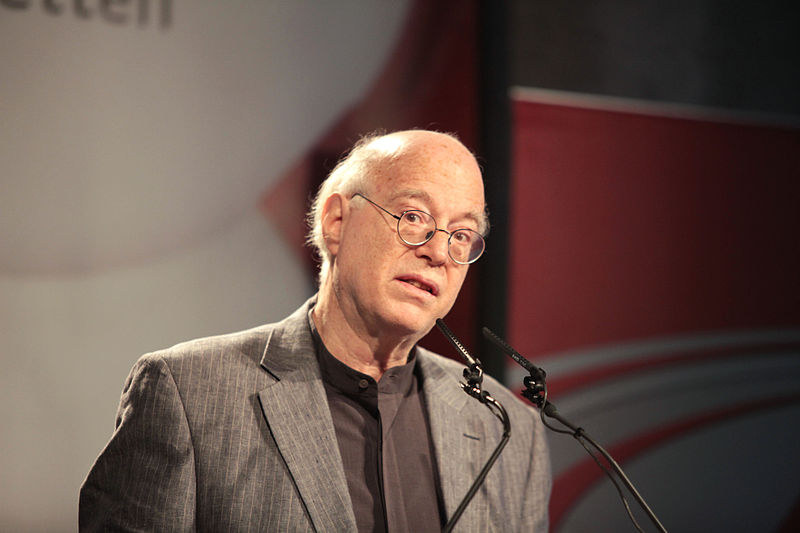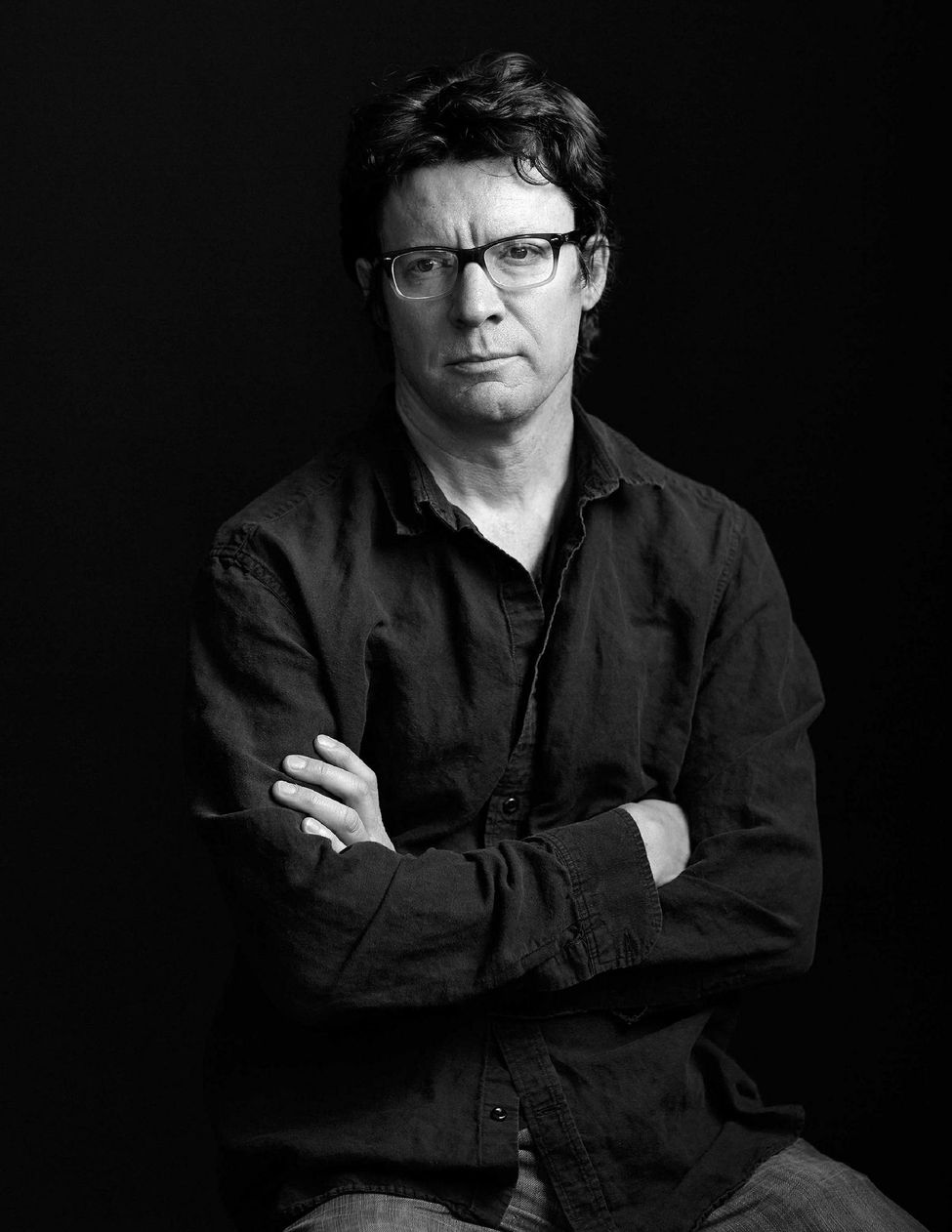The 1950s and the 1960s were a privileged time. Yet, there are only some aspects of it that I would want to return to. It was exceedingly sexist. Men worked outside the house, while women were confined inside suburban houses. At school, girls were required to study home economics which was in general divided into two sections, textiles (with an emphasis on sewing) and cooking (and nutrition). Boys were required to study industrial arts.
I am not going to mention more about home economics in this post, except to say that I probably would have benefited from learning more about cooking. Similarly, many girls would have benefited, if they had been allowed to study industrial arts.
Industrial arts was obligatory for four (later three) years. One period a week was devoted to draughting, and the construction of technical drawings. The other days were spent working in one of three subject areas, each for a third of the school year, in rotation. The subject areas were woodworking, metalworking and electricity and electronics. For my last two years of secondary school, I took a two year specialization in electricity and electronics. Others were able to specialize in other areas, such as house construction or automotive mechanics. Some people didn’t take any practical subjects at all, after the obligatory years.
There is a Norwegian term, sløyd, that roughly translates as woodwork. Here children use obsolete hand tools to make objects that are either obsolete themselves, or are made in a fraction of the time by industrial machines. I am not sure why sløyd is taught. It shows a great deal of disrespect to children, and the value of their time.
In industrial arts, we learned how to use hand tools, but we also progressed rapidly to machine tools. One does not waste time using a hand saw if a compound mitre saw is more appropriate. This does not mean that the Canadian industrial arts program was perfect. In metalwork, I learned to work with sheet metal, blacksmithing and machining. However, I was never exposed to welding.
Fast forward fifty years …
I am tired of sitting around cafes, gossiping while consuming sugar rich drinks and cakes. Something similar can be said of gyms with their sweat enhanced fragrances. I want to invite people to use their time more constructively, by using the workshop at Unit One. Yes, there will be a “fredag fika” a Swedish term for a sociable coffee break often held on Fridays. It is designed to help bond and consolidate a group of workers. At Unit One it should allow people to discuss projects: present, future and (if necessary) past.
Before people will be allowed to use equipment on their own, they will have to be certified. The first will have to be for general health and safety. When a person enters Unit One, they have to know where their own personal protective equipment is located. Similarly, they will have to know what they are expected to do, during different types of emergencies, including fire and assorted forms of personal injury.
When it comes to certification to use the various tools, one approach is to test out a person using the specific machine. A better approach is to have the aspirant design and make a product that requires a number of different operations on a variety of machines.
Certification misses one vital element – the motivation to work.
Perhaps one should begin with the Arts and Crafts movement, and acknowledge the contributions of William Morris, and several others. That is not going to happen. The two contemporary (?) works that are most inspiring are both written by David William Pye (1914-1993): The Nature of Design (later The Nature & Aesthetics of Design), 1964 and The Nature and Art of Workmanship, 1968.
The workmanship of risk is one of Pye’s most important concepts. It is “workmanship using any kind of technique or apparatus, in which the quality of the result is not predetermined, but depends on the judgment, dexterity and care which the maker exercises as he works (The Nature and Art of Workmanship, p. 20).
He also wrote that people make things to effect change. However, most designed objects are palliative. They do not enable new behaviours. He uses a transport example to illustrate this. One can walk instead of using a car, but one cannot fly instead of using a plane. He also notes that design is limited by economy rather than technique. Since all design is an economic trade off, it is always a failure.
Pye also regards design as arbitrary. Products are developed under the assumption that tools can bring people happiness. His view is that tools can, at best, only help people avoid unhappiness.

There are two other writers that one may also want to read on the philosophy of work, Richard Sennett and Matthew B. Crawford.
Richard Sennett has written extensively about work. The Hidden Injuries of Class (1972) written with Johnathan Cobb is a study of class consciousness among working-class families in Boston. The Corrosion of Character (1998) explores how new forms of work are changing our communal and personal experience. Respect in a world of inequality (2003) examines the relation of work and welfare system reforms. The Culture of the New Capitalism (2006), much like the earlier Authority (1980) address similar issues.

Yet, it is the newer Homo Faber project that examines work in a 21st century context, an exploration of material ways of making culture. The Craftsman (2008), Together: The Rituals, Pleasures, and Politics of Cooperation (2012) and Building and Dwelling: Ethics for the City (to be published in 2018) on the making of the urban environment.
Lewis Hyde states that Richard Sennett’s “guiding intuition” in The Craftsman is that “making is thinking.” http://www.nytimes.com/2008/04/06/books/review/Hyde-t.html?_r=1&8bu&emc=bua2&oref=slogin
What I found particularly interesting about The Craftsman, was Sennett’s use of computer programmers as an example.
I will now elegantly hop over Robert M. Pirsig’s Zen and the Art of Motorcycle Maintenance (1974) to focus on a 21st century replacement, Matthew B. Crawford’s Shop Class as Soulcraft: An Inquiry into the Value of Work (2009). In addition to obtaining a Ph. D. in political philosophy, Crawford has also worked as an electrician and mechanic, and owns and operates Shockoe Moto, an independent motorcycle repair shop.

Crawford writes about work that requires mastery of real things. This work can be more intellectually demanding that more abstract varieties. He feels that maintenance and repair work cultivate ethical virtues, and foster habits of individual responsibility. Crawford wants people to replace passivity and consumerism with self-reliance.
Tools are not the most important elements in a workshop. It is the values that are promoted therein.
“It is permissible to study sciences and arts, but such sciences as are useful and would redound to the progress and advancement of the people. Thus hath it been decreed by Him Who is the Ordainer, the All-Wise.”
Baha’u’llah – Bisharat

